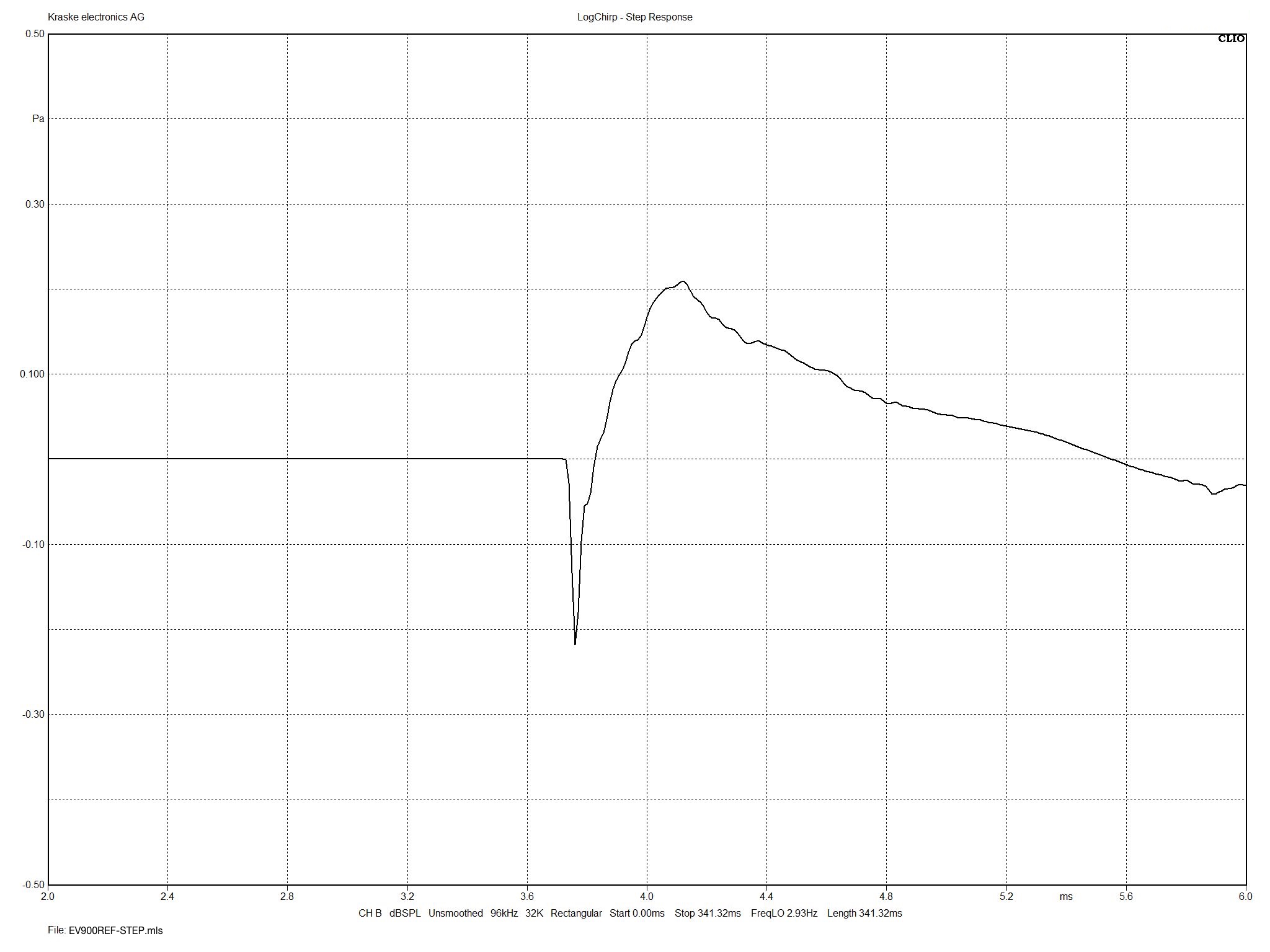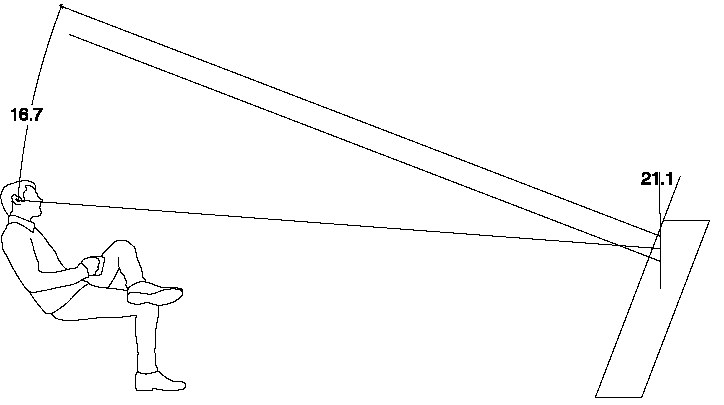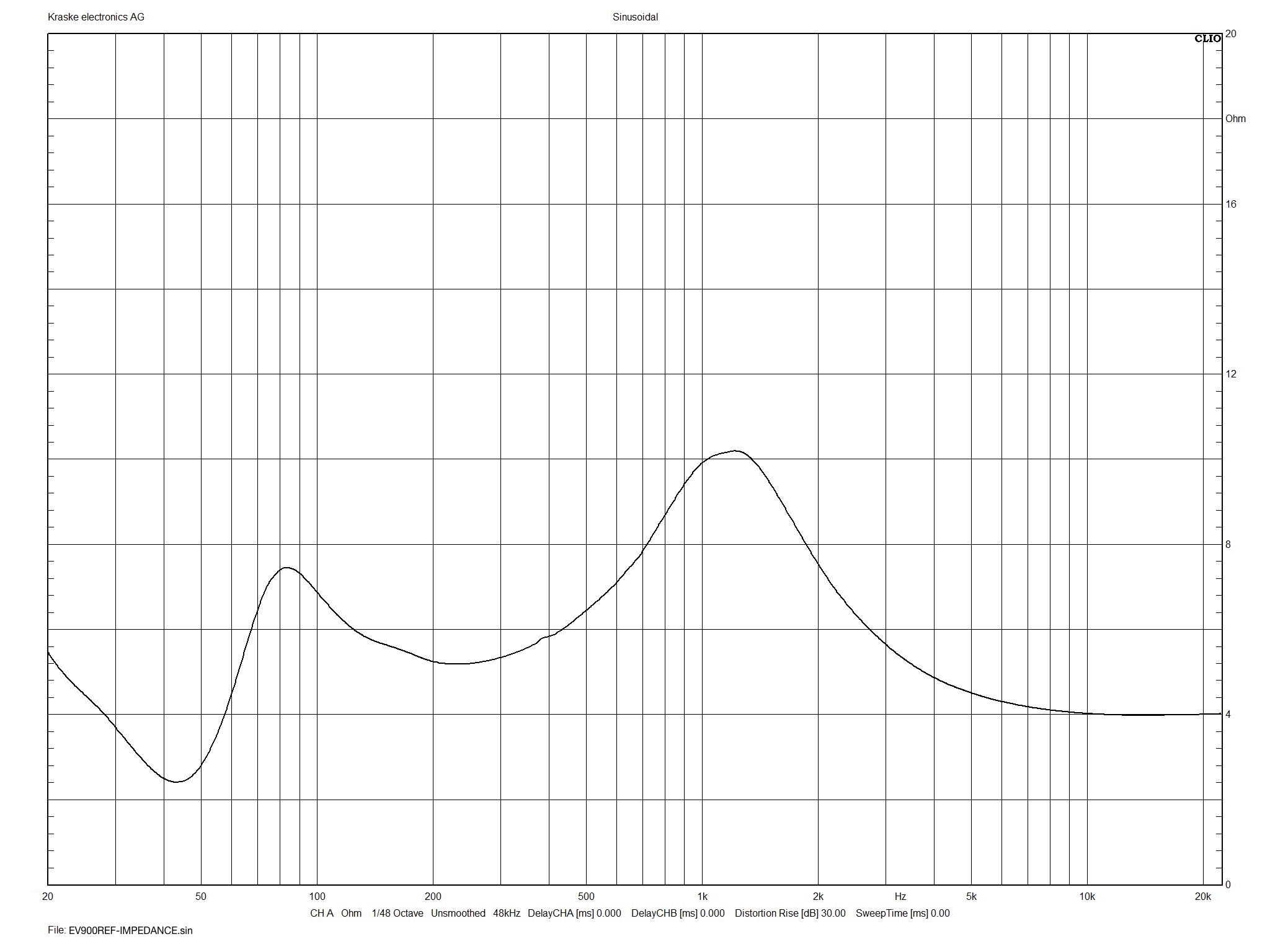For me to fully understand gear, whether it be a pair of speakers or electronics, I need to best understand the design and thought processes behind the product and its designer. For the Credo EV Reference 900, I, David Blumenstein, [DB] spent a good deal of time virtually with Credo’s Michael Kraske [MK]. The ensuing Q&A answered my questions and I trust it shall provide insight for our readership.
DB: I understand that the EV in EV Reference 900 stands for the evolution from Credo’s previous SPC series and that the EV 900 Reference, in turn, evolved from the EV 900. How does the EV 900 Reference differ from its predecessor? What makes it Reference?
MK: Correct, the EV series evolved from our SPC series. A line-up of three, later four models, which we manufactured for almost fifteen years. We developed the EV 900 model and the reference version of it together and both are available today.
At first look, this may seem a bit strange to offer a standard and a reference version. But the reason for this is simple – Switzerland is our strongest sales market and we wanted a model that is more affordable for our customers. We have two standard EV series models – the EV 350 and the EV 900.
The Reference models have upgraded drivers, internal wiring and crossover components. The standard EV series is only available in Switzerland. They are completely made in-house, exactly like the reference versions and therefore production costs are almost identical. But the retail price does not include a margin for international distribution, shipping, support and marketing.
Now, calling a model “reference” is a strong statement. And we stand behind it. During the long and intense phase of development, we looked extremely carefully for the finest parts and drivers, which within the evolution of the SPC series, deserve the predicate reference.
DB: And in employing Credo’s Ear, how do the listenable sonic profiles compare? What about the clarity and dynamics?
MK: The two versions of the EV 900 have comparable characteristics. However, the only similarity between the EV Reference series and the EV standard series is the cabinet, everything else is upgraded in the Reference version. The Reference version is about more finesse, less distortion and further increased dynamics.
DB: The rough-hewn texture of the EV 900 Reference is quite distinctive. What brought this about? Was the decision based on sensory appeal, i.e. look and feel, or is there also a sonic advantage to be had?
MK: The decision for the rough-cut finish was purely aesthetic. I follow certain furniture and industrial designers very closely. And the cooperation with our customers and architects constantly challenges us to find restrained and well-balanced appearances for our products. The influence of “rough-cut” came from both North America and Scandinavia, where some interior designers skillfully combine the modern and the natural.
DB: While a good number of speaker designers and manufacturers speak to time alignment, few if any, make such a point of lobe-tilting that Credo does. In this instance is Credo employing a crossover of the Linkwitz-Riley (LR) filter variety of either the second (LR2), fourth (LR4) or eighth (LR8) orders? (The LR8 might indeed be too extreme.)
MK: Time alignment is an important tool for optimizing the horizontal and vertical radiation of the sound coming from the speaker. We can use it to move the height of the sweet spot vertically. So, lobe-tilting. Not to be confused with lobe-steering, where the aim is to focus the sound on the sweet spot. About the filter of our crossover network. We use proprietary filter curves and the slopes are initially flat and get progressively steeper. The advantage of this filter design is its very good impulse response. This design can only be used in combination with our very wide-band and linear drivers.
DB: To correct for such lobe-tilting, time alignment can be employed, and as there are two methods: Electrical and Physical time alignment, which of the two does Credo employ? The former may be more precise but is it as effective as the latter? I ask because the Credo EVO Reference 900 speakers stand perpendicular, at a 90-degree angle to the ground — no tilting.
MK: Correct. To compensate for the acoustical-centre-offset between drivers there are two ways, mechanical and electrical. Usually, we need to set-back the tweeter 4.5 – 5 cm to do so. Using tilting means the front-baffle needs to be tilted back about 22° (for a speaker the size of the EV 900 Ref). Given the listener is 2.5 meters away and the position of the drivers on the speaker stays the same, the tweeter would be firing about 17° off-axis over your head. Even horizontally that is a bit much. But vertically the arrangement of the drivers (one above the other) and the influence of the front-baffle ruin the frequency response completely. Moving the drivers closer to the floor to be more on-axis introduces extra problems. That is why we use the crossover for electrical compensation. And of course, you can use both solutions together or set back the tweeter itself. But that is problematic, ruins the clean look and I don’t like the appearance of tilted-back speakers that much.
DB: Smooth impedance appears to be a tenet of the Credo design philosophy. Credo goes as far as to say that ‘… a superb amplifier will sound better with Credo speakers.” That’s a rather bold statement. I would very much like for you to speak to this directly. In Credo’s documentation it lists design guidelines:
- The impedance of a loudspeaker must be as linear and smooth as possible
- No excessive “impedance correction circuits” in the crossover
- No dips exceeding 20% of specified impedance according to the IEC 60268-5 standard
Since an uneven and fluctuating impedance can negatively affect amplification, is this concept, which Credo exercises along with the above design guidelines, unique to the company, setting it apart from its competition?
MK: It is a bold statement. And it’s true.
We have many customers who have bought a Credo loudspeaker [and then] search for a new amplifier. My father Rudolf Kraske, together with Prof. Dr. Vinzenz von Tscharner also developed amplifiers with a patented power supply. We know exactly how the amplifier and its load interact. Peaks and dips and large fluctuations are a burden on many amplifiers, even though they are solidly designed.
But many speaker designers have no idea or simply ignore the facts. And then it becomes infinitely difficult to find a suitable amplifier, or it costs many times more than the speakers, which in my opinion should never be the case.
But no, this particular topic is not exclusive to Credo Audio Switzerland. What sets us apart is the package we offer: Maximized speaker designs that do many things very well. In our speakers, we offer very good bandwidth, a very little distortion and good to excellent power handling. Credo loudspeakers meet the requirements of time alignment:
- Detailed microdynamics and stable macro-dynamics.
- Homogeneous dispersion pattern. Good (acceptable) efficiency.
- Vibration isolation, etc.
And then there is the very elegant, almost understatement appearance that integrates very well.
But not everything is good for everyone: Architects and fans of functional design reduced to the bare essentials generally appreciate the visual simplicity of our loudspeakers. Meanwhile, noble sound furniture manufacturers offer imposing boxes and all-metal housings. Here different needs are served.
DB: Michael, how did you get into HiFi as a profession? Who were your earliest influences? Do you have a background in music? As a musician? As an engineer?
MK: Well, High-End HiFi is part of my life ever since I was born. My parents founded the company more than 40-years ago. We always had a shop in Basel. I always loved to be in the shop, comparing the products and building speakers.
I played the cello and was a part of an orchestra at school. But before I started my profession in HiFi, I spent a few years in recording studios with mixing and mastering. I am fascinated by the recording production process. It is very remarkable when you can bring together musicians, creative energy and recording production technology to assemble the production of recorded music. My technical understanding of playback technology helped during the recordings. I still do recordings for the Boubo-Music Foundation in Switzerland (https://www.boubomusic.com). The Boubo-Music Foundation supports musicians who are completing their Master of Arts degree in musical performance. The recordings are used both for the Boubo-Music Foundation’s archive and for application purposes by the musicians to orchestras and music labels. Even with my life-long experience in music reproduction, these years working with recording engineers helped me so much to understand the craftsmanship and art of recorded music. It motivated me to pick-up again speaker-design. I saw and heard the gap between a good and a maxed-out design. Something my father always strives for. The loudspeaker may appear simple to the eye, but until all possible filter and chassis options were tested and the timing was right, the product wasn’t ready.
Because in this way we create products of great value for music lovers. And this is where the engineering background mainly came from, my Dad and the engineers and designers working for Credo Audio. Today I do design and R&D (drivers are developed externally to specs), acoustical simulations, filter design, CAD and CAM for our CNC mills.
I cannot say enough about the Credo EVO Reference 900 Speakers. When first set-up and out of the box they were far smaller than I was expecting, even though I had seen them at last year’s Capital Audio Fest, I did not recall them being so svelte. Are these the end-all in speaker design? Are they the only speakers one should consider? No. Should the EVO Reference 900 be on one’s shortlist for a floor standing speaker? Yes, most definitely.
On a personal note, I’ll be sorry to see these speakers leave, but there are some new, different and intriguing designs that I’ll be taking a look at. My readership keeps me motivated and on my toes.
Copy editor: Dan Rubin
Associated Gear:
- Pass Labs INT-250
- Manley Labs Stingray
- Bel Canto s300 i/u
- Mod-Wright PH 9.0
- Parasound JC 3 Jr.
- Stack Audio Link 2 Network Transport
- Wolf Audio Luna
- EXOGAL Comet DAC
- Mytek Brooklyn + DAC
- Schiit Modius DAC
- exaSound e22 DAC
- VPI Prime Scout
- Audio Technica AT-LP7
- Denon DP-61F/DP47-F
- Accusound Cables (speakers/interconnects)
- Transparent Audio (speakers/interconnects)
- ← Previous page
- (Page 2 of 2)



